ITO EN newly opened a Japanese tea stall “Wa no Cha” in Mitsukoshi Nihonbashi on October 2017. ITO EN exhibits specialty teas corrected from all around Japan for sale there.
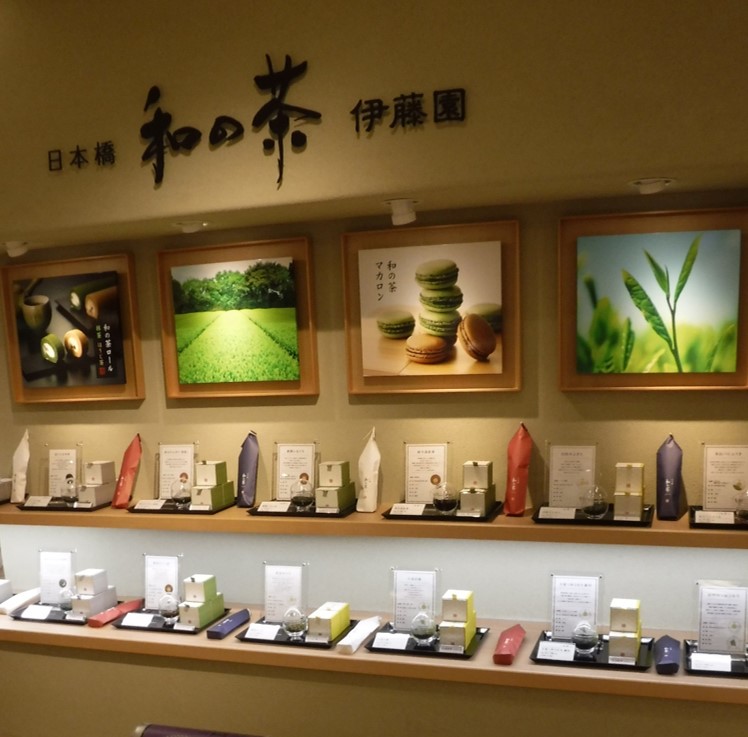 Style of the exhibition is excellent! We can find the features of each loose leaf tea on the explanation panel and the appearance. In addition, it is possible to enjoy the aroma of loose leaf tea.
Style of the exhibition is excellent! We can find the features of each loose leaf tea on the explanation panel and the appearance. In addition, it is possible to enjoy the aroma of loose leaf tea.
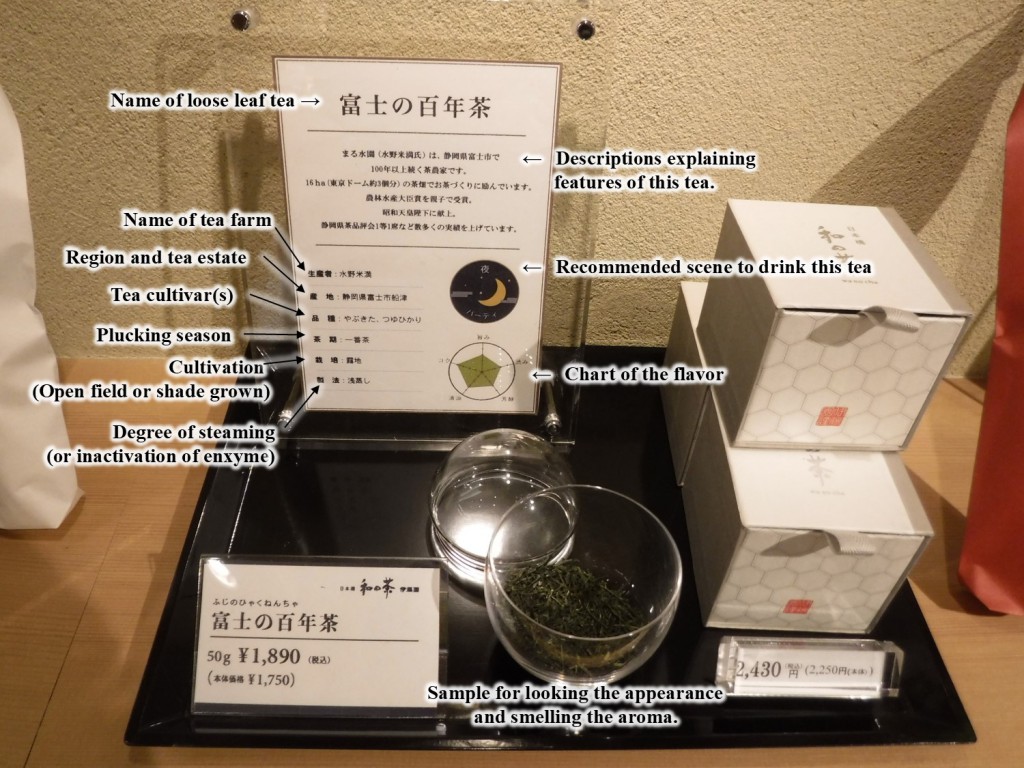
The explanation panel have a chart of tea’s characteristics, such as 5 characters; umami, astringency, aroma, freshness, body. The chart could help us to select teas based on our preference, even if the Japanese description is not understandable.
When I visited, ITO EN exhibited mainly Shizuoka teas as follows.
Green tea of ‘Tsuyuhikari’ cultivar made in Tenryu tea estate.
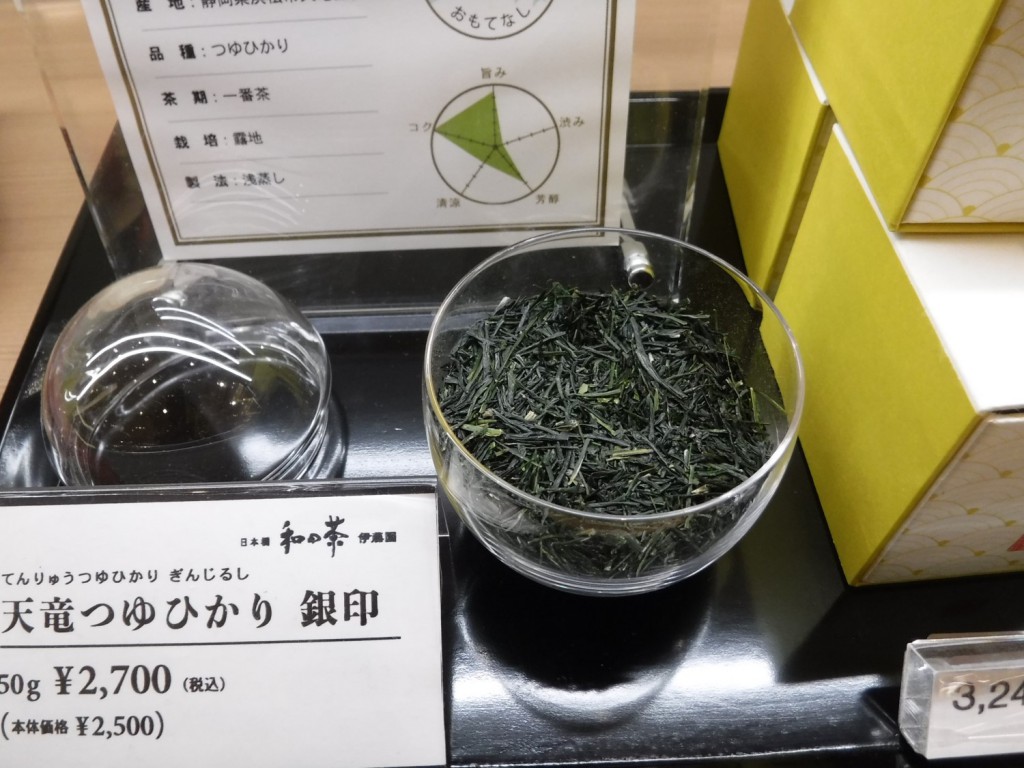
- Umami : 4
- Astringency : 1
- Aroma :3
- Freshness : 2
- Body : 5
- Region and tea estate : Nishifujihira region in Tenryu tea estate
- Cultivar : Tsuyuhikari
- Season : First flush
- Process : Light steamed Sencha
- Tea farmer : OTA Masataka (Kaneta Ota-en tea farm)
Green tea of ‘Yamanoibuki’ cultivar made in Asahina tea estate
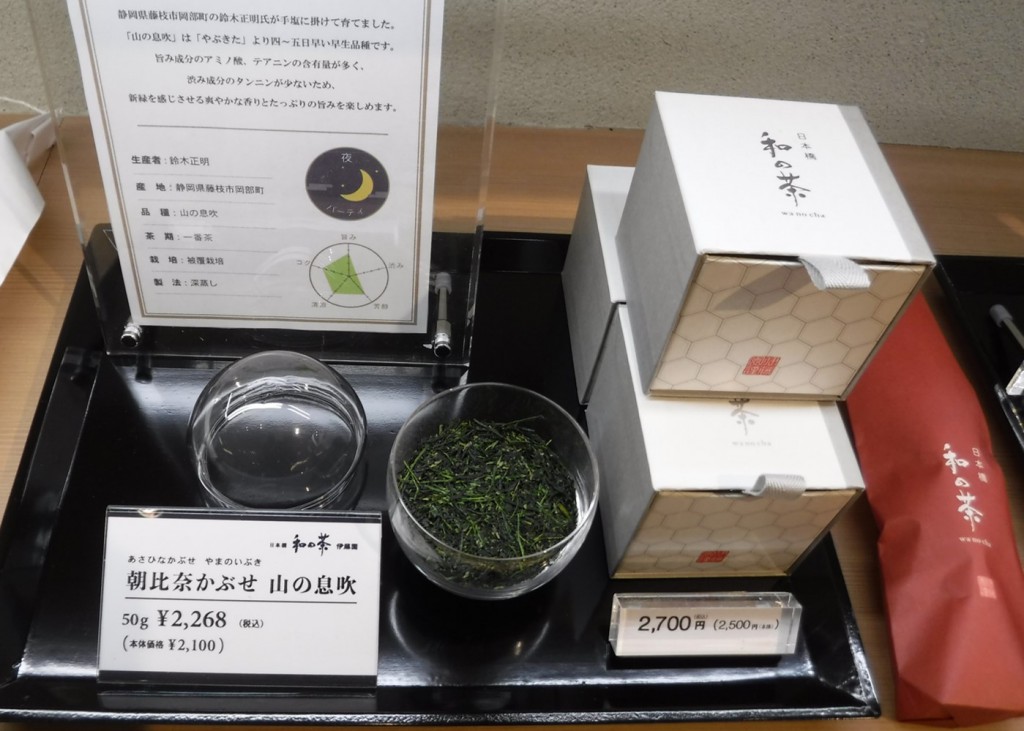
- Umami : 3
- Astringency : 1
- Aroma : 3
- Freshness : 3
- Body : 3
- Region and tea estate : Asahina tea estate in Fujieda city
- Cultivar : Yamanoibuki
- Season : First flush
- Process : Deep steamed Sencha made from shade grown tea shoots
- Tea farmer : SUZUKI Masaaki
Geen tea of ‘Yabukita’ cultivar made in Uchimaki region of Shizuoka tea estate
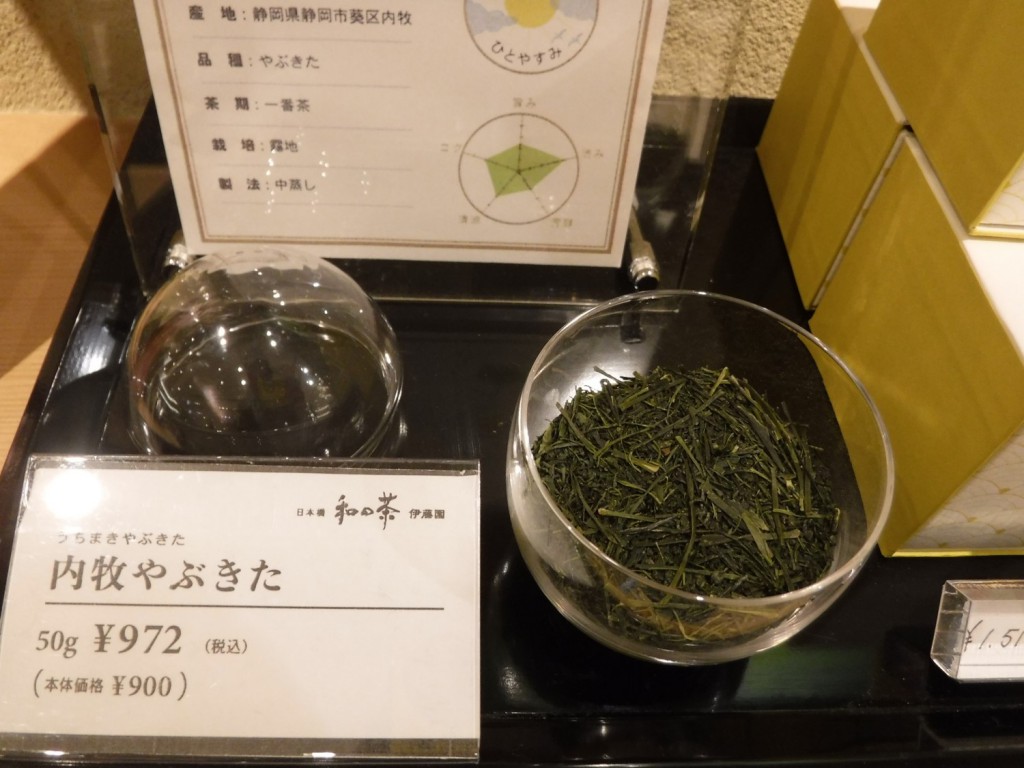
- Umami : 2
- Astringency : 3
- Aroma : 2
- Freshness : 3
- Body : 3
- Region and tea estate : Miwa region in Shizuoka tea estate
- Cultivar : Yabukita
- Season : First flush
- Process : Medium steamed Sencha
- Tea farmer : Maruuchi tea production cooperative
Geen tea of ‘Inaguchi’ cultivar made in Shinma region of Shizuoka tea estate
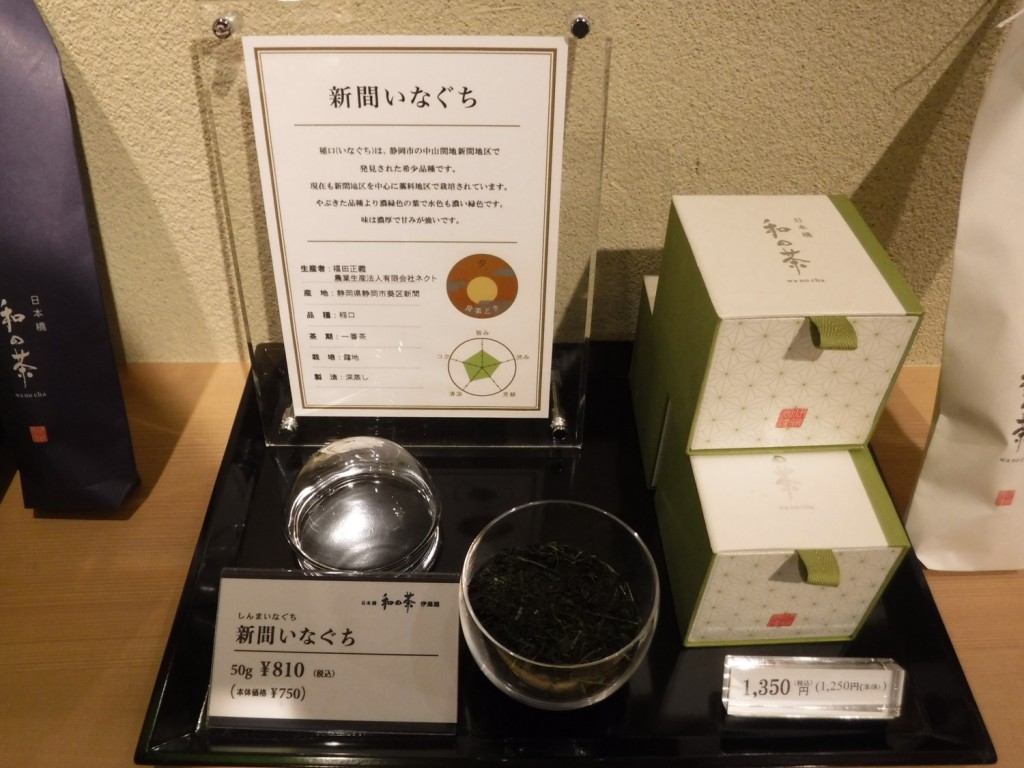
- Umami : 3
- Astringency : 3
- Aroma : 2
- Freshness : 3
- Body : 3
- Region and tea estate : Shinma region in Shizuoka tea estate
- Cultivar : Inaguchi
- Season : First flush
- Process : Deep steamed Sencha
- Tea farmer : Nect co. ltd.
Green tea of ‘Koganemidori’ cultivar
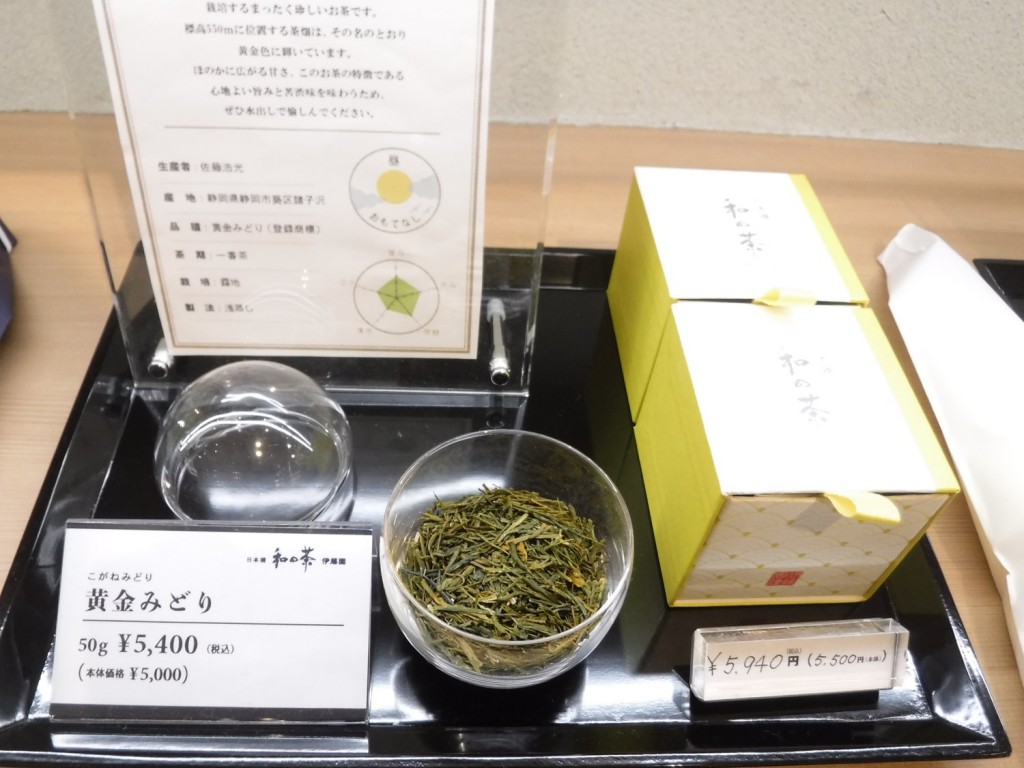
- Umami : 3
- Astringency : 3
- Aroma : 3
- Freshness : 2
- Body : 2
- Region and tea estate : Morokozawa region in Shizuoka tea estate
- Cultivar : Koganemidori
- Season : First flush
- Process : Light steamed Sencha
- Tea farmer : SATO Hiromitsu
Green tea made in Fuji tea estate
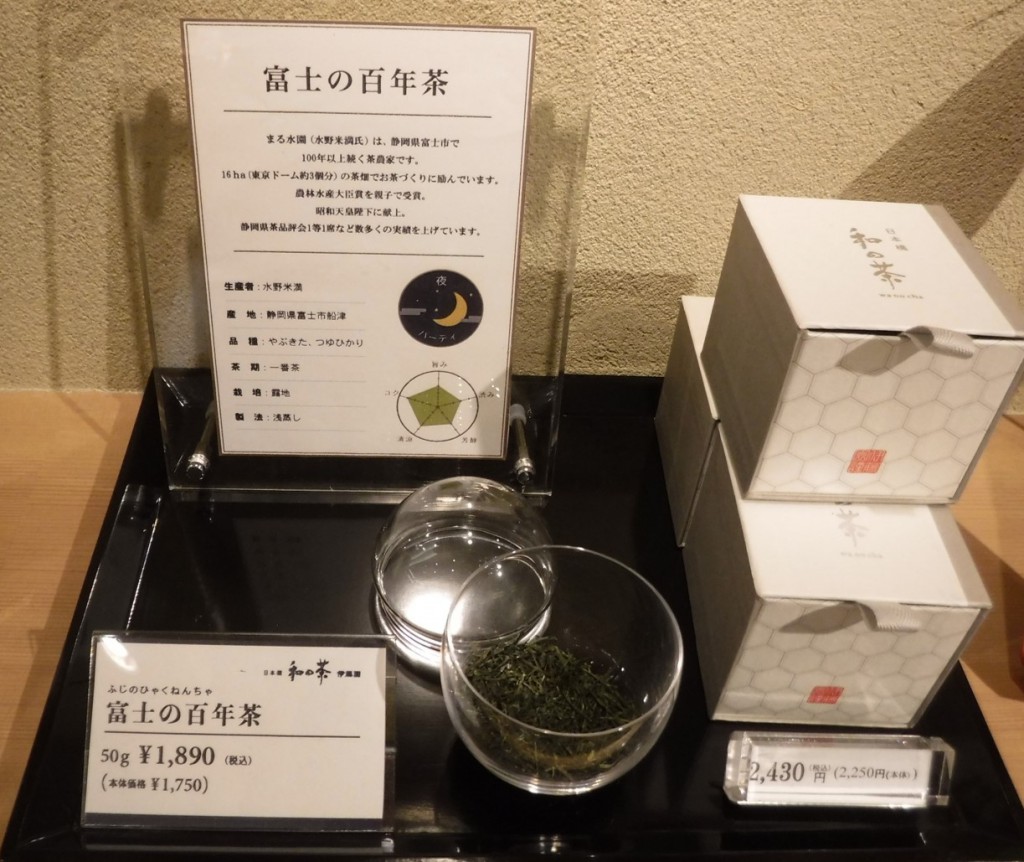
- Umami : 3
- Astringency : 3
- Aroma : 3
- Freshness : 3.5
- Body : 4
- Region and tea estate : Fuji tea estate
- Cultivar : Yabukita, Tsuyuhikari
- Season : First flush
- Process : Deep steamed Sencha
- Tea farmer : MIZUNO Yonemitsu (Marumizu-en tea farm)
Deep-steamed green tea of ‘Yabukita’ cultivar made in Sayama tea estate
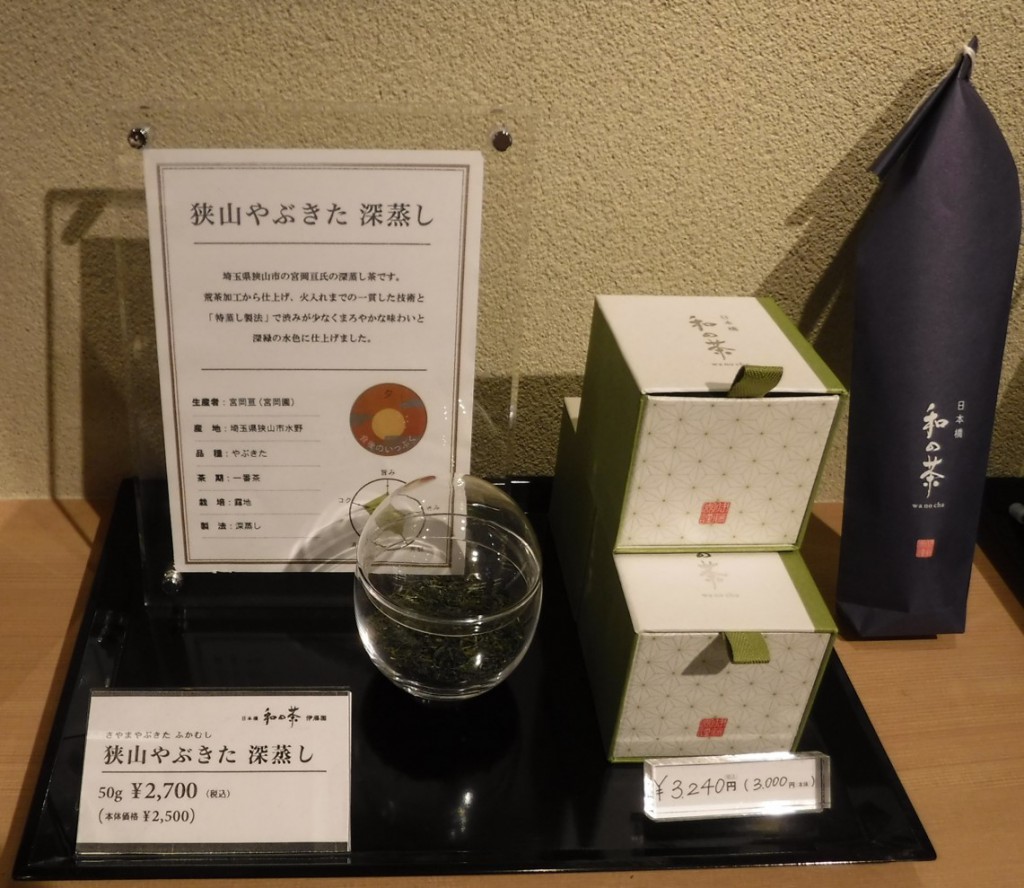
- Umami : 2
- Astringency : 2
- Aroma : 2
- Freshness : 2
- Body : 3
- Region and tea estate : Sayama tea estate in Saitama pref.
- Cultivar : Yabukita
- Season : First flush
- Process : Deep steamed Sencha
- Tea farmer : MIYAOKA Wataru (Miyaoka-en tea farm)
Oolong tea “Unjo Hisui” made in Morokozawa region in Shizuoka tea estate
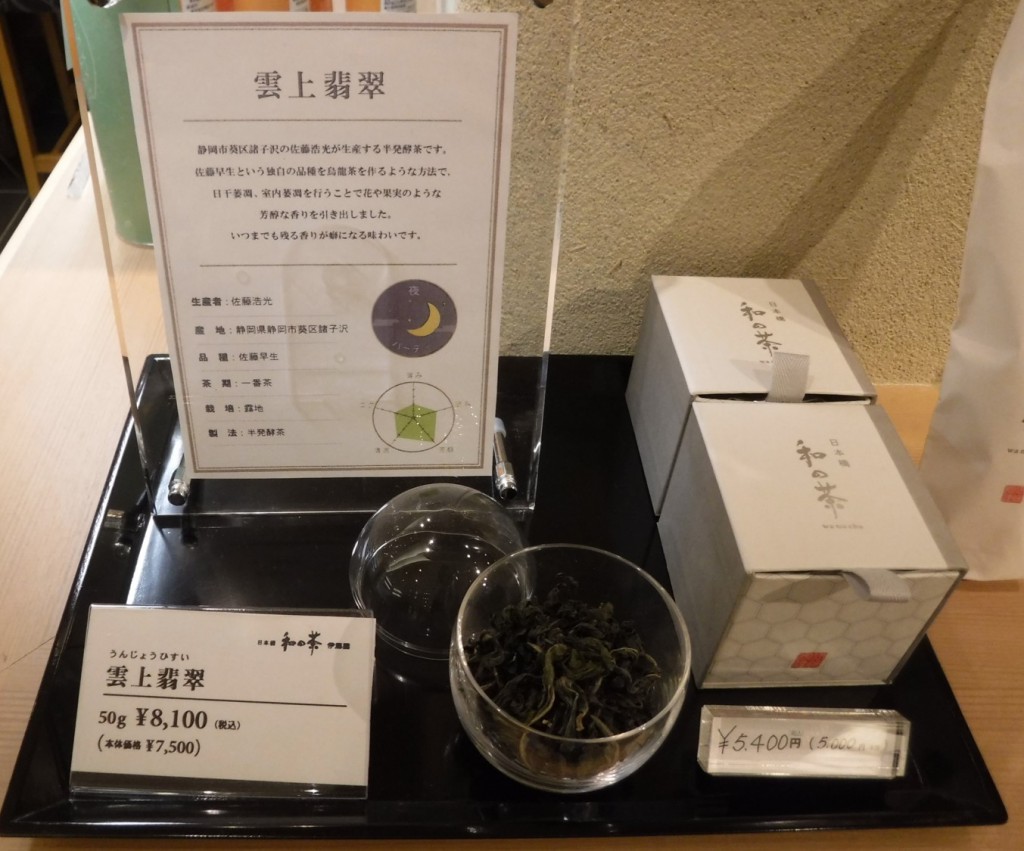
- Umami : 2
- Astringency : 3
- Aroma : 4
- Freshness : 3.5
- Body : 2
- Region and tea estate : Morokozawa region in Shizuoka tea estate
- Cultivar : Sato Wase
- Season : First flush
- Process : Withered (like Oolong tea)
- Tea farmer : SATO Hiromitsu
Oolong tea “Ruri” made in Morokozawa region in Shizuoka tea estate
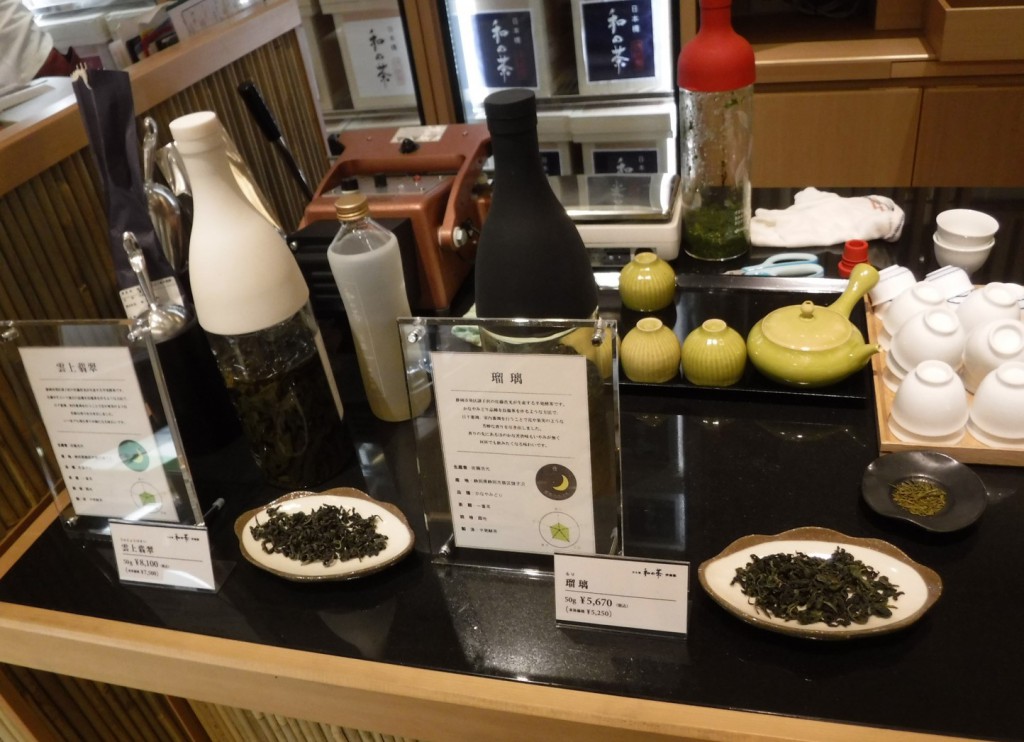
- Umami : 2
- Astringency : 3
- Aroma : 4
- Freshness : 3
- Body : 2
- Region and tea estate : Morokozawa region in Shizuoka tea estate
- Cultivar : Kanayamidori
- Season : First flush
- Process : Withered (like Oolong tea)
- Tea farmer : SATO Hiromitsu
Black tea made in Yakushima island
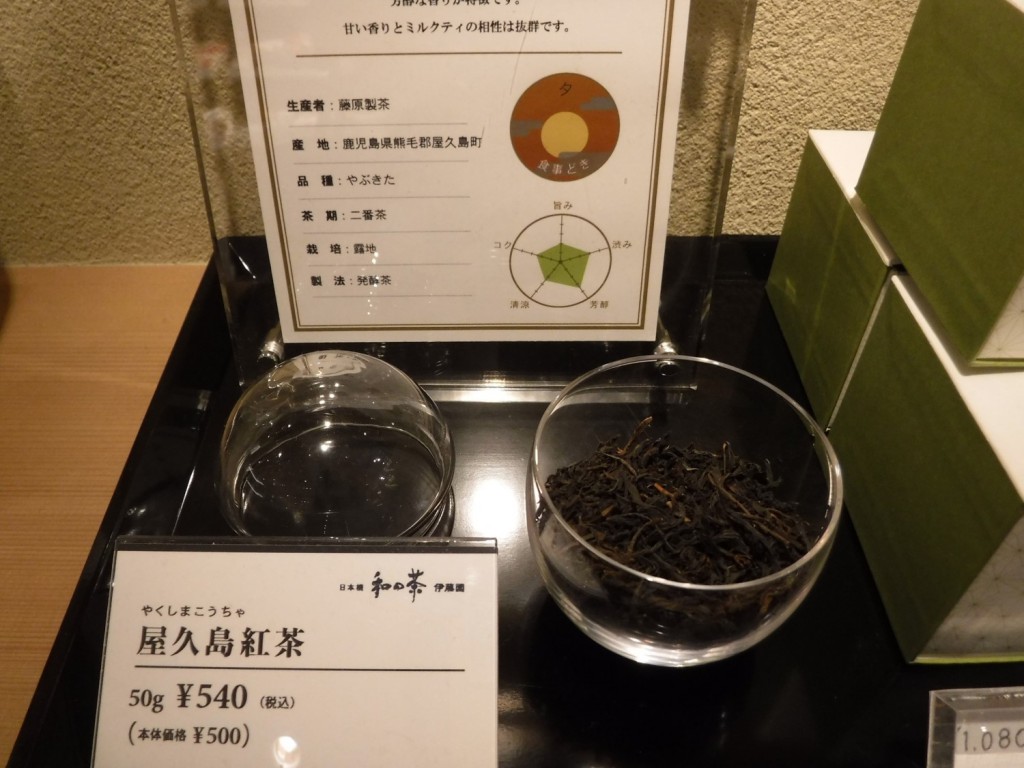
- Umami : 2
- Astringency : 3
- Aroma : 3
- Freshness : 2
- Body : 2
- Region and tea estate : Yakushima Island
- Cultivar : Yabukita
- Season : Second flush
- Process : Fully Oxidized (Black tea)
- Tea farmer : Fujiwara Seicha Tea Factory
I have been speculated the ideal logistics of specialty teas since I was involved in tea industry. Distribution of small lot of specialty teas seems to be not so profitable for big companies like ITO EN. However, their network and skillful staff can achieve such distribution of small amount of specialty teas.
This kind business by ITO EN is one of ideal styles in tea industry, in my opinion.
On the other hand, that may be threat for small tea merchants which sells specialty teas. However I know and think there are many good tea companies merchandizing specialty teas, which have original ability to have elaborate communication with tea farmers, to create unique tea products, blend teas according to tea fanciers’ preference strictly etc.
Hopefully this ITO EN’s business will stimulate and accelerate the activities of other tea merchants including local tea processors, tea wholesalers, tea retailers etc., and then result in more development in tea industry.
P.S.
Lately I think local tea processors accelerate their activities, such as cooperation with tea farmer to make specialty teas by using unique cultivar, to develop new tea products, to sophisticate the quality of old bland etc. I hope more acceleration of these activities to create more excellent teas.
